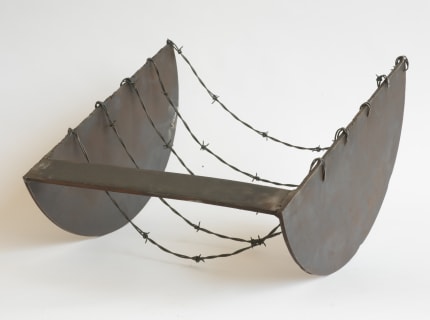Dia Art Foundation was established in New York in 1974, dedicated to commissioning and presenting major public works of art in unprecedented ways. Now, this unique institution is entering a new era that has found it squaring its founding principles with the needs and requirements of a very different world. Dia (the name comes from the Ancient Greek word for “through”) has never operated like a conventional museum or funding organisation. In the words of its three founders—the art dealer Heiner Friedrich, Philippa de Menil (now known as Fariha Fatima al-Jerrahi, heir to the Schlumberger oilfield services company) and the art historian Helen Winkler Fosdick—“The purpose of the foundation is to plan, realise and maintain public projects which cannot be easily produced, financed or owned by individual collectors because of their cost and magnitude.”
Such legendary largesse led to the establishment of often epic permanent works of Land Art, many of which Dia continues to maintain. These include Robert Smithson’s Spiral Jetty (1970), Nancy Holt’s Sun Tunnels (1973-76) and Walter De Maria’s The New York Earth Room (1977), The Broken Kilometer (1979) and The Lightning Field (1977), as well as Dia Bridgehampton, the former fire station and church where Dan Flavin installed permanent fluorescent-light sculptures in 1983. Dia was also instrumental in the initiation of James Turrell’s epic, ongoing project Roden Crater and in facilitating Donald Judd’s expansive ambitions in Marfa, Texas, to create what is now the Chinati Foundation.
Black artists also play a major role at Dia. Works by the conceptualist Charles Gaines, the sculptor Melvin Edwards and the painter Sam Gilliam have recently entered the collection. “When we brought Sam here, he said he wanted to be part of Dia, because Donald Judd was his favourite artist and it meant so much to him to be having that conversation,” Morgan says.
...
Read full article at theartnewspaper.com.


